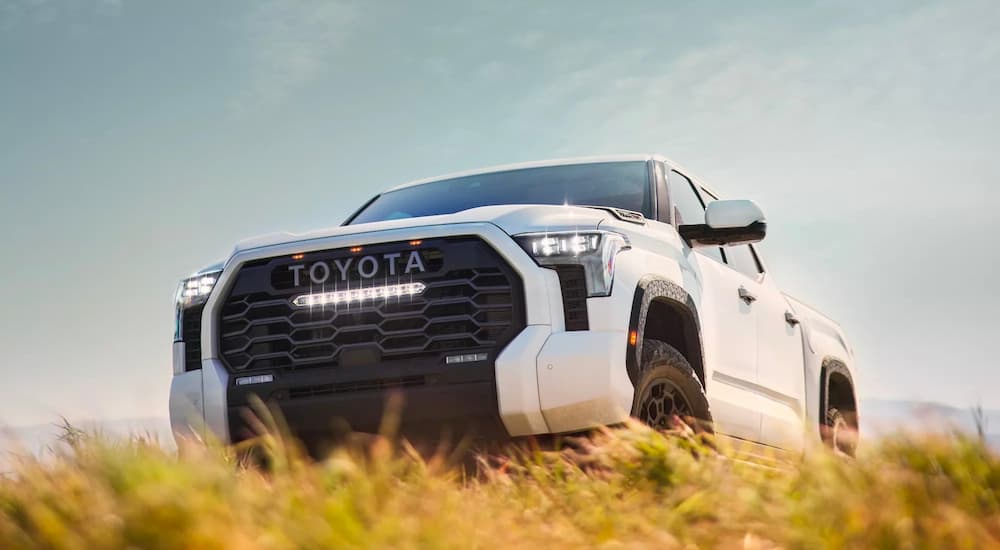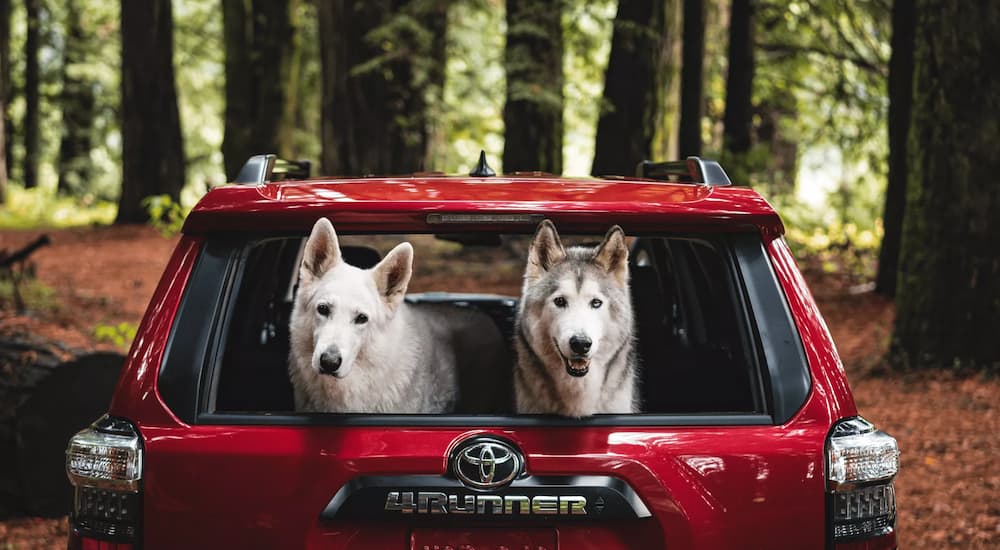It’s been a couple of years, your lease is up, and it’s about time to bid adieu to your trusty Toyota model. You’ve been through a lot together, and whether this is your first time leasing or you’re well-versed in the leasing process, there are a number of items you’ll need to check off of your to-do list to prepare for your Toyota lease return. The best part about leasing is that you’re able to enjoy a new car every few years with all of the latest features, ultimate style, and advanced technology, and the end of your lease simply means the beginning of something even better…a new vehicle to enjoy. It helps to be prepared and know what to expect from the end of lease process, and starting early is always advised.
End of Lease Preparation
Leases typically last anywhere from 24-36 months, with some lease terms being longer; however, waiting until the very end of your lease to start the lease return process is not advised. About a year out, you’ll want to start getting ready to turn in your vehicle, coming up with a game plan about what happens next. If you choose to return your vehicle, opting for a brand-new model to take its place, you’re not alone, as this is very popular among lessees. This means that taking care of any repairs or maintenance issues on your current vehicle should start at this point so that you’re able to turn in your Toyota with no issues.
Toyota recommends that you carefully inspect your vehicle, searching for things that need to be addressed, including dents, chips in the paint, wear and tear, and even more serious repairs. This will help you prepare for your vehicle’s inspection with a certified Toyota service center. You’ll receive a complimentary inspection appointment, which should be scheduled up to 60 days from the end of your lease. Here, you’ll get a detailed report on everything going on with your vehicle, and you can choose to let the dealership make the repairs, or you can have them done elsewhere. If you opt to have your repairs made elsewhere, another inspection will be needed.
You’ll want to ensure that all payments have been made, as well as meeting all registration requirements set forth by your state. Once all documentation has been properly obtained and completed, the only thing left to do is return your Toyota to the dealership. Don’t forget to include any spare keys, manuals, tire kits, or anything else that was included with the vehicle at the start of your lease.

Returning Your Toyota
You’ll first want to confirm that the dealership you’re visiting will accept your leased model. You don’t have to turn in your lease at the dealership you got it from, which is the case for many lessees who have moved during the course of their lease terms. This is why confirming that the dealership in question will, indeed, accept your lease return is so very important. When the day finally arrives to return your Toyota model, you can expect a fairly seamless transition, especially if you completed all of the necessary preparation.
Upon arriving at the dealership, there will be some paperwork to fill out, including the Odometer Statement. This is to ensure that the mileage displayed on your leased vehicle is accurate and the odometer hasn’t been tampered with in any way. If you haven’t already gotten your vehicle inspected, the Toyota team will be sure to inspect it in the following days. Again, handling this prior to your lease return date is highly recommended so that you can move on with the lease process without any issue.
You have options on what to do at the end of your Toyota lease, and if you change your mind and decide to keep your current vehicle, you will have the opportunity to do so. Many drivers, however, return their Toyota models in favor of newer options with more bells and whistles, which is one of the main advantages of leasing. You can also return your vehicle and walk away; however, this isn’t often a common practice. It’s advised to figure this out well before your Toyota lease return date.
What to Expect After Your Lease Return
After you’ve returned your Toyota and have completed the leasing process, there may be a few things to watch out for in the upcoming weeks. You will receive what’s called an End of Term Invoice from Toyota, which will be sent if any of the following needs to be handled: unpaid invoices, disposition fees, and other types of charges. This invoice also includes charges from any types of repairs that were warranted during the inspection process if they weren’t taken care of prior to turning in your lease. You may also receive charges for exceeding your agreed-upon mileage; however, this can all be avoided by taking proper care of your vehicle, addressing any issues early, and staying mindful when it comes to your lease term’s mileage restrictions. In some instances, lessees are required to put a security deposit down on their vehicle, and if this is the case for you, the security deposit will be returned to you only after covering any fees or expenses listed on your End of Term Invoice.
If you choose to lease a new Toyota or Lexus and start the leasing process over again, the disposition fee will be waived (terms apply). This must be done within 30 days, so again, preparation always pays off. All in all, the Toyota Lease Return process is very straightforward and easy to abide by, especially if you work with your area dealership and follow the suggested timeline to complete all of the end of lease tasks.
Benefits of Returning a Leased Vehicle
Although there isn’t much that you’ll need to do at the end of your Toyota lease, you may be wondering if it wouldn’t just be easier to keep your current vehicle and avoid the inspections, fees, etc. While that may work for some drivers, the vast majority feel as though the benefits of returning their vehicles and upgrading to new models are too plentiful to pass up.
For starters, you always get to drive a new model with all the newest features, designs, and more, which is perfect for those who not only desire to have a new car but need the reliability for their travels. You see, the longer you keep your vehicle, the more wear and tear you put on it, thus resulting in having to replace parts and bring your car in for repairs. By this point, the vehicle in question is likely out of its warranty period, but for leased vehicles, you won’t have to worry about that, as leased vehicles require less maintenance and are typically always within their warranty periods.
You’ll also notice that older vehicles are usually outdated within a few years, especially when it comes to tech features and design…another thing you won’t have to worry about when you lease. It’s also much more affordable to continue to lease your vehicles, as leased vehicles require lower down payments, as well as lower monthly payments in many instances. Putting all of these benefits together, it’s no wonder why leasing remains such a strong option for drivers everywhere.
Your Toyota Lease Return Experience
Leasing a Toyota means that you’re able to enjoy new models that offer unmatched reliability and value to your travels, and turning in your leased model should be an easy process. Your experience gets even better when you treat your Toyota model well, keep up with scheduled maintenance, and abide by the terms of your lease. This way, when the day comes to turn in your Toyota lease, you’ll be able to have confidence that you got the most out of the leasing process. Now all you have to do is figure out which Toyota model you want to lease next.





